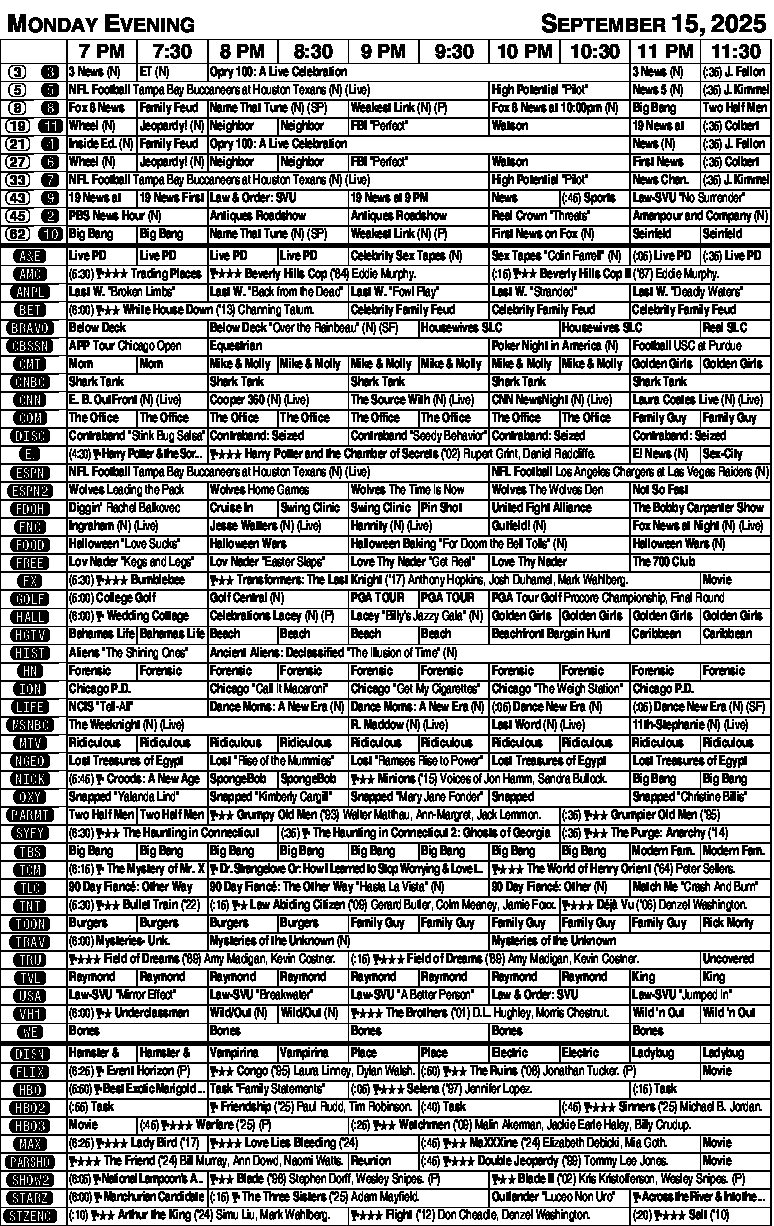Plant seeds now to avoid winter weather
For some, the gardening season is winding down. Our zucchini and cucumbers are pretty much gone. The lettuce and spinach have long gone to seed. Other plants look long and scraggly. It’s time to move on to the next crop.
The true gardener just turns his / her mind to, “What can I grow now?”
The weather is turning; August was hot and muggy but had shorter days and unfortunately cooler nights. It is better to wait until September for the seeds of lettuce, spinach and transplants of broccoli, Brussel sprouts, cabbage and cauliflower to be planted. These vegetables need cooler soil and temperatures to germinate the seeds and give the plants the growing conditions that they need.
The most important thing you need to do is to read the seed package and find out how many days it takes for the seeds to germinate and how long the plant needs to reach maturity.
Germination of some seeds in the fall can take up to two weeks longer because of the cooler weather and shorter days. So if your seed packet says seven days to germinate and it’s been two weeks, don’t fret. Just keep the soil moist.
If you are starting things like carrots, kale, peas and Swiss chard, you can start seeds every two weeks until the end of September. In our area, the average first frost comes around Oct. 15.
This is just an average; we never know what Mother Nature has in store for us. Crops such as beets, carrots, Swiss chard, lettuce and potatoes can tolerate a light frost. Crops such as broccoli, Brussel sprouts, cabbage, collards, kale, onions, radishes, turnip greens and spinach can tolerate a hard frost.
As an example for starting turnip greens (which will withstand a heavy frost): add two weeks to Oct. 15 (first frost date), which is Oct. 30. If the seed packet says 40 days till first harvest, add 10 days (for longer fall germination).
That gives us the more realistic 50 days until first harvest. Fifty days before Oct. 30 is Sept. 10. That would be the last day to plant your turnip greens and get a harvest before they succumb to the hard, cold weather of November. But, of course, you can plant before that and make consecutive plantings for a longer harvest.
Be sure to be prepared to cover your crops with straw as well as mulch once that first heavy frost arrives.
This will give the plants some protection from the heavy frost. So, make sure you have it on hand! Nothing tastes as great as Brussel sprouts picked in the morning and served later in the day for your Thanksgiving dinner. Last year, we had fairly mild weather on Christmas Eve and Christmas Day. My daughter-in-law went out to the garden and dug (the ground was not frozen yet) up a half dozen 12-inch carrots for dinner. Needless to say they were delicious.
A guide for the fall vegetable garden is available at: http://go.osu.edu/planfallveggies


